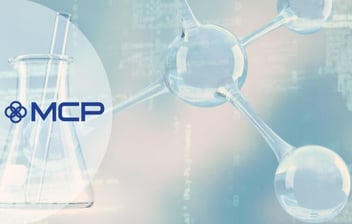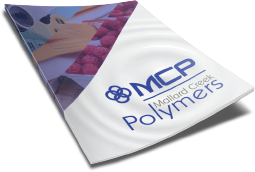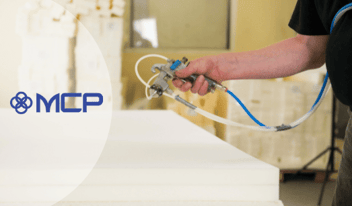
Styrene-Butadiene Binders for Anode Coatings: Powering the Future of Lithium-ion Batteries
Styrene-Butadiene Binders for Anode Coatings
Styrene-Butadiene Binders for Anode Coatings
In the world of lithium-ion batteries, every component plays a vital role in determining performance, longevity, and sustainability. Anode coatings, in particular, are essential for ensuring the stability and efficiency of these energy storage devices. One innovation that has been proven and continues to gain traction in recent years is the use of styrene-butadiene binders in anode coatings. This blog explores the significance of styrene-butadiene binders, their advantages, and how they are shaping the future of lithium-ion batteries.
The Role of Binders in Anode Coatings:
Before delving into styrene-butadiene binders, let's understand why binders are crucial in anode coatings. Anode coatings are responsible for securely holding together the active materials, conductive additives, and other components of the anode within a lithium-ion battery. They ensure that the anode remains structurally stable throughout the charge-discharge cycles, maintaining battery performance over time.
The Emergence of Styrene-Butadiene Binders:
Traditionally, anode coatings have used polyvinylidene fluoride (PVDF) as a binder. While effective, PVDF has some limitations, including its relatively high cost and concerns about its environmental impact during manufacturing and disposal. This has led to the exploration of alternative binders, such as styrene-butadiene binders. The use of styrene-butadiene binders in anode coatings for lithium-ion batteries began to gain significant traction in the early to mid-2000s. Researchers and battery manufacturers recognized the potential advantages of styrene-butadiene binders, including their strong adhesion properties and compatibility with high-capacity anode materials like silicon.
Advantages of Styrene-Butadiene Binders:
- Cost-Effective: Styrene-butadiene binders are more cost-effective than PVDF, making them an attractive option for battery manufacturers seeking to reduce production costs.
- Environmental Benefits: Styrene-butadiene binders can be synthesized using environmentally friendly processes and are less likely to emit harmful compounds during battery manufacturing.
- Improved Performance: These binders offer excellent adhesion properties, ensuring strong contact between the anode materials and current collectors. This can enhance the overall performance and cycle life of lithium-ion batteries.
- Flexibility: Styrene-butadiene binders can be tailored to meet specific requirements, allowing for greater flexibility in designing battery electrodes.
- Compatibility: Styrene-butadiene binders are compatible with a wide range of anode materials, including silicon, which is known for its high capacity but can pose challenges in terms of volume expansion.
Challenges and Ongoing Research:
While styrene-butadiene binders offer numerous advantages, there are still challenges to overcome. Researchers are actively working on optimizing binder formulations to address water sensitivity, improve adhesion, and ensure long-term stability, especially in high-energy-density applications.
Conclusion:
Styrene-butadiene binders are poised to revolutionize the world of anode coatings in lithium-ion batteries. Their cost-effectiveness, environmental benefits, and performance improvements make them a compelling choice for manufacturers and researchers alike. As the demand for efficient and sustainable energy storage solutions continues to grow, SB binders are playing a crucial role in shaping the future of lithium-ion batteries.
The adoption of styrene-butadiene binders not only drives innovation but also aligns with the broader goal of developing cleaner and more sustainable technologies. As research and development efforts continue, we can expect to see further advancements in anode coatings, paving the way for more efficient and environmentally friendly lithium-ion batteries that power our increasingly electrified world.
Interested in our Styrene-Butadiene Binders for Anode Coatings? Get in touch to speak with one of our chemists to find custom solution today

 Construction
Construction
 Nonwovens
Nonwovens
 Adhesives
Adhesives
 Textiles
Textiles
 Printing & Packaging
Printing & Packaging
 Paper
Paper
 Paints & Coatings
Paints & Coatings






